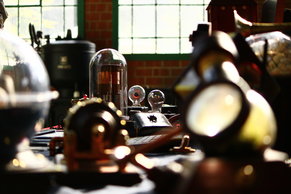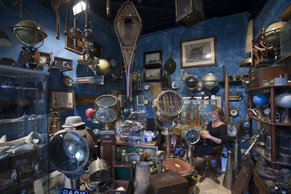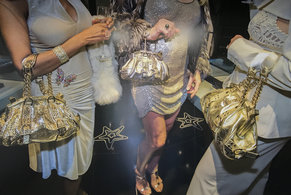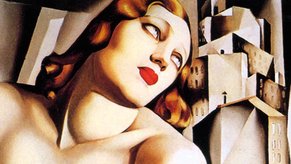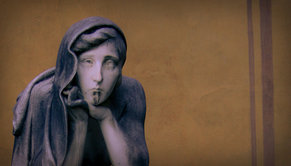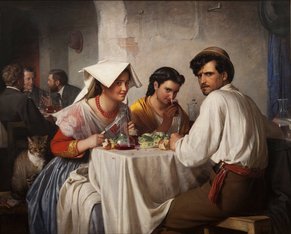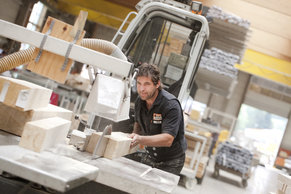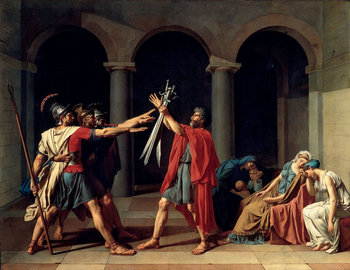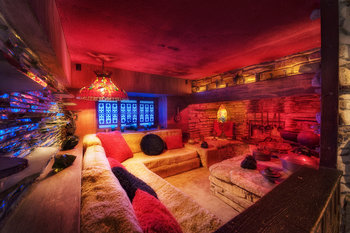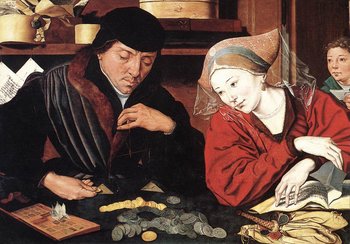Advertising & Packaging | Appliances |
Architectural Features | Arms & Armor |
Automaton | Automobiles |
Beds | Bells |
Bicycles | Binoculars |
Bookcases | Bookends |
Books | Bottle Openers |
Bottles | Bowls & Dishes |
Boxes & Cases | Cabinets |
Calculators & Adding Machines | Cameras |
Candlesticks | Canes |
Carvings | Catalogs |
Ceramics | Chairs |
Champagne Glasses | Chandeliers |
Chess Sets | Chests / Chests of Drawers |
Chronometers | Clocks |
Coffeepots | Coin Banks |
Coins & Currency | Collectable Cards (e.g. baseball cards) |
Collectible Plates | Comic Books |
Commemorative Items | Compasses |
Costume Jewelry | Couture |
Cups | Curio Cabinets |
Decanters | Decorative Arts |
Decoys | Desks / Writing Tables |
Dolls & Dollhouses | Dressers |
Embroideries | Enameled Metal (e.g. Graniteware) |
Ephemera | Farm Equipment |
Figurines & Statuettes | Firefighting Equipment |
Fireplace Accessories | Fishing Gear |
Flasks | Folk Art |
Games | Garden Statues |
Glass Art | Glasses |
Globes | Goblets |
Hairpins | Hand Fans |
Handbags & Pursues | Hatpins |
Historical Artifacts | Housewares |
Humidors | Interior Decorations |
Jade | Jewellery |
Jugs & Pitchers | Keys & Locks |
Knives / Pocketknives | Lacquerware |
Lamps | Lanterns |
Letters & Documents | Lighters |
Lobby Cards | Luggage |
Magazines | Mailboxes |
Maps | Marbles |
Match Holders | Match Safes |
Medals & Badges | Medical Cabinets |
Medical Equipment | Mirrors |
Model Trains | Models & Miniatures |
Movie Props | Music Boxes |
Musical Instruments | Nautical Instruments |
Netsuke | Nutcrackers |
Office Automation | Paintings & Prints |
Paperweights | Patent Models |
Pencils | Pens |
Perfume Bottles | Phones |
Phonographs / Gramophones | Photographs |
Picture Frames | Pipes |
Porcelain | Postcards |
Posters | Pottery |
Printing Presses | Punch Bowls |
Puppets | Quilts |
Radios | Rugs |
Safes | Salt & Pepper Shakers |
Scientific Instruments | Screens & Panels |
Sculpture | Seal Stamps |
Sewing Machines | Shaving Accessories |
Sheet Music Signs | Silver & Metalware |
Sofas | Spittoons |
Sports Antiques | Stamps |
Steins | Stonewear |
Stools | Stoves |
Swords | Tables |
Tapestries | Tea Services |
Teapots | Televisions |
Thimbles | Ticker Tape Machines |
Tiles | Tinware |
Tools | Toys |
Traditional Art | Traditional Crafts |
Trench Art | Trunks |
Typewriter Ribbons | Typewriters |
Umbrellas | Vases |
Wallets | Wardrobes |
Watches | Weather Instruments |
Weather Vanes | Wine Glasses |
| Definitions | ||
Antiquity | An item of culture that is over 1,500 years old. | |
Antique | An item of value that is over 100 years old. | |
Vintage | An item that is over 20 years old. | |
Secondhand / Used | An item that has been previously used. | |
Retro | A new item loosely based on vintage designs. | |
Classic | A new item based on vintage or antique works, styles, designs or form factors. | |


